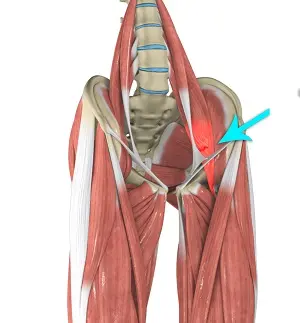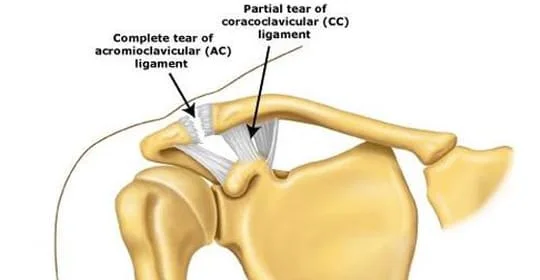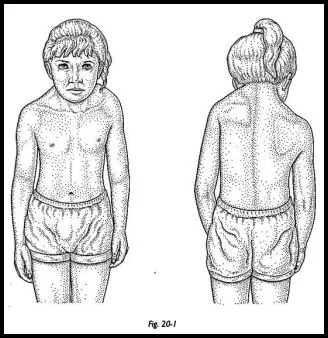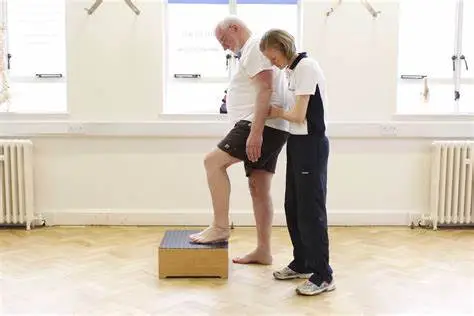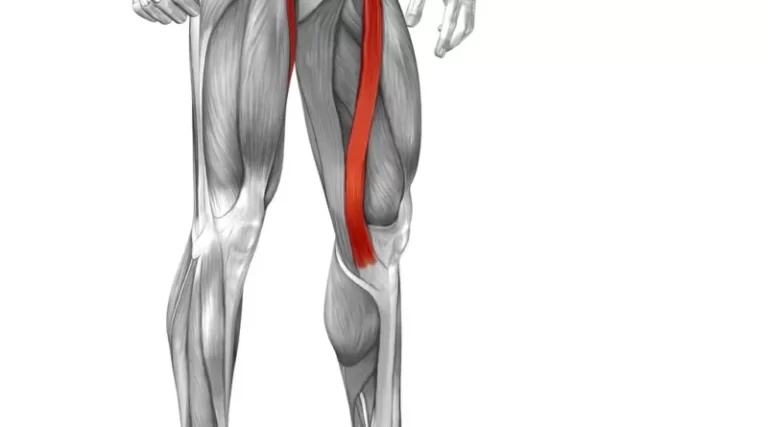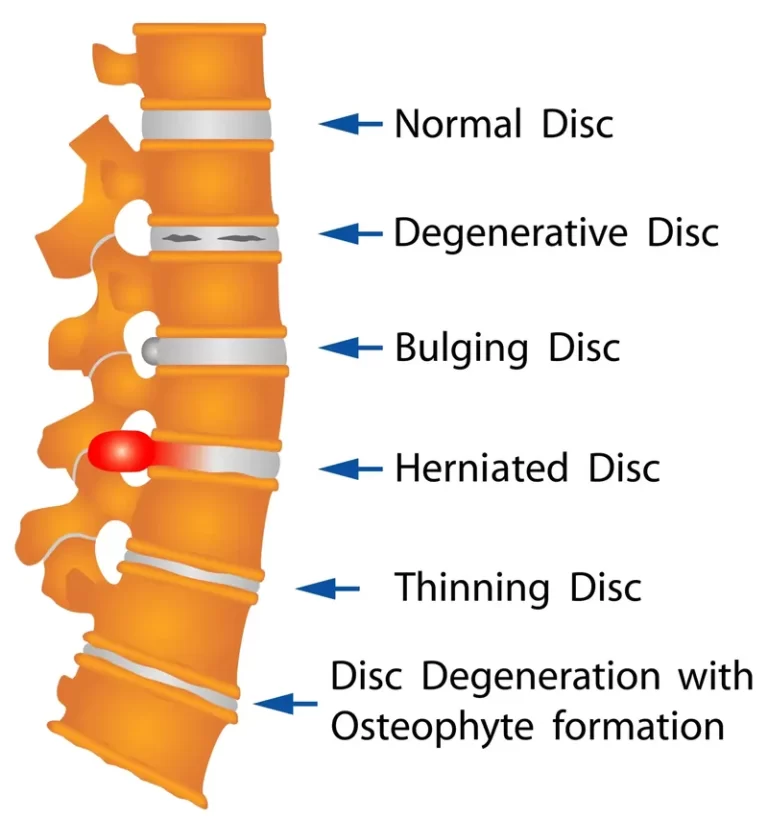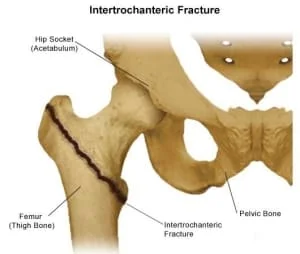Hip Flexor Strain
What is hip flexor strain?
A hip flexor strain occurs when one or more of the muscles that allow you to lift your knee and bend at the waist become overstretched or torn. The hip flexor group includes the iliopsoas, rectus femoris, and sartorius muscles, which play a vital role in stabilizing and enabling movement in the hip joint.
Hip flexor strains can result from sudden movements, overuse, or improper warm-ups during physical activities. Symptoms often include pain, stiffness, and limited mobility in the hip region. Early intervention with rest, targeted physiotherapy, and gradual return to activity can help prevent long-term complications.
- Strains are categorized into three groups according to how severe they are. Most people can heal at home with over-the-counter drugs and ice applied to their injured muscles. Seek medical attention from a qualified practitioner if you have excruciating pain or symptoms for several weeks after your injury.
Muscle strains vs. pulled muscles:
- People use the terms interchangeably. A muscle that is strained or torn will react in the same way. This is true for the wounds, signs, and therapeutic plan.
Hip flexor strains and other injuries:
Muscle soreness can arise from a variety of common ailments, including strains of the hip flexor. Among these injuries are:
- Pinched nerves.
- Herniated disks.
- Blood clots.
- more pulled muscles, such as strained groin and quadriceps.
- Consult a doctor if you have sudden, acute pain in your body, particularly if it occurs during physical exercise or sports.
Who do hip flexor strains affect?
- Hip flexor strains can happen to everyone.
- You may still strain your hip flexor even if you don’t exercise or participate in sports frequently, particularly if you suddenly exert considerably more than usual.
How common are hip flexor strains?
While hip flexor injuries can happen to any athlete, they are most frequently associated with the following sports:
- Running.
- Hockey.
- Football.
- Soccer.
- Martial arts.
How do hip flexor strains affect our body?
- While hip flexor injuries can happen to any athlete, they are most frequently associated with the following sports:
- The muscles’ fibers are pushed to their breaking point when you overuse them. This results from attempting to secure something with an outdated bungee cord. Both healthy muscle fibers and newly formed bungee cords have a lot of give and stretch. However, if you use the bungee cord for a long time or tug on it suddenly, the elastic fibers will start to pull apart. Your muscles work comparably.
Symptoms of hip flexor strain:
- Hip Pain.
- a sensation of hip strain or tightness.
- Trouble walking or moving without limping.
- Weakness in your lower abdomen or hip.
- Bruising or discoloration.
- Swelling.
- Muscle spasms.
Causes of hip flexor strain:
- Overuse: Repetitive motions in the workplace or during sports or other physical activities might lead to overuse syndrome.
- Not stretching or warming up before exercise: Stretching before an exercise routine will gradually increase the load on your muscles.
- A lack of flexibility: Your muscles and the fibers that make them up get tighter when you are less flexible, which increases the risk of strains.
- Traumas: Hip flexor strains can also result from traumas like falls and auto accidents, particularly if you tense up your muscles before or during the incident.
- High knee kicks used during sprinting or jumping put an athlete at risk for strained hip flexors. If you stretch deeply, as by pressing your thigh back, you run the risk of straining your hip flexors.
These tears could range in severity:
- Grade I tear: a little cut where just a few fibers were broken
- Grade II tear: There is a little reduction in hip flexor function and significant injury to muscle fibers.
- Grade III tear: You have diminished hip flexor function and several injured muscle fibers.
Diagnosis of hip flexor strain:
- Hip flexor strain will be identified by physical examination. Describe to them the exact actions when you first noticed your symptoms. They need to know what caused your hip flexor strain because it results from physical activities.
Hip flexor strain will be identified by physical examination.
- Grade 1 (mild).
- Grade 2 (moderate).
- Grade 3 (severe).
Medical treatment:
- Your doctor could recommend over-the-counter NSAIDs to assist you in controlling discomfort and swelling while you heal.
- Based on your unique symptoms, a medical professional will suggest a plan of action.
Physical Therapy for Hip Flexor Strain:
- Take into account the following tips for treating a hamstring strain:
- As quickly as possible after the injury, use the RICE formula:
- Rest: If your physician advises against walking, attempt to avoid bearing any weight on your leg.
- Ice: For the first 48 hours following the injury, use a bag of ice or a cold compress to minimize swelling. This should be done for 20 to 30 minutes every 3 to 4 hours till the swelling goes down, as soon as possible after the accident.
- Compress: If your doctor advises, support your leg and reduce swelling using sports wraps or elastic bandages.
- Elevate: Keep your leg up when you are sitting or lying down.
- Take pain medicine: Non-steroidal anti-inflammatory medications (NSAIDs), such as ibuprofen, can help lessen leg pain and swelling. Some physicians prefer non-prescription drugs like acetaminophen. Discuss with your doctor the prescribed medications.
- Engage in strengthening and stretching activities. Your leg’s strength and flexibility can be increased by gradually adding some workouts (and, possibly, preventing the injury from recurring again). Your doctor, sports medicine expert, or physical therapist can evaluate if your hips are ready for these activities.
- After talking with you about your alternatives, your physical therapist will begin treatment to address your hip flexor strain. For a hip flexor strain, physical therapy’s key objectives are to help you return to optimal function, minimize pain and swelling, regain normal strength, and restore normal flexibility and range of motion.
- There are several alternatives available to your physical therapist to address your hip flexor strain. These could consist of:
- Ultrasound: A deep heating therapy called ultrasound can assist in increasing your hip’s affected tissues’ extensibility and circulation. Although evidence suggests that it may not provide the benefit formerly thought in musculoskeletal applications, your physical therapist may still employ this treatment.
- Massage: Improving scar tissue mobility can be achieved by massaging the damaged area.
- Electrical stimulation: During your hip rehabilitation, electrical stimulation may be utilized to achieve a variety of objectives. Your PT may utilize e-stim to improve the contraction of your hip muscles, lessen edema, or help you manage your discomfort.
- Kinesiology taping: To aid enhance muscle functions, some physical therapists employ kinesiology taping procedures. You can also use kinesiology tape to reduce bruises and edema around your affected muscles. Talk to your therapist about using K-tape as there hasn’t been much study on its use.
- Gait training: When recuperating from a severe hip flexor strain, you might have to use crutches to walk. You should learn how to walk properly from your physical therapist so that you may go from needing help to walking on your own.
- Ice: To reduce swelling and pain during the acute stage of an injury, ice might be applied.
- Heat: You might use wet heat packs before stretching to help your physical therapist help your hamstring muscles relax and enhance tissue flexibility.
Therapeutic exercise of hip flexor strain:
After experiencing a hip flexor strain, it’s essential to focus on gentle exercises that promote healing, improve flexibility, and strengthen the muscles. Always consult a physical therapist before starting any exercise routine, especially post-injury.
A therapeutic exercise is the most significant treatment your therapist can do for you. In addition to giving you particular exercises to perform in the clinic, your physical therapist will probably also recommend a regular at-home workout regimen.
Here are some recommended exercises:
Exercises for a hip flexor strain may include:
- Hip flexor stretch:
standing in a wide walking stance and resting both hands on a firm surface before them. Lean forward, bending your front knee. They should push their hips forward and keep their spine straight. After you have done this five times, hold for twenty to thirty seconds each time.
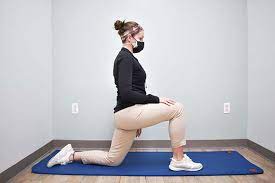
- Seated butterfly stretch:
People should sit upright on the floor, bending their legs outward and placing their soles together. Their heels should be gently pulled inward, and their knees should drop closer to the floor.

- Bridge pose:
They should clench their glutes and raise their hips off the floor after taking a deep breath. Hold for a little while, then gradually let go and do it again.
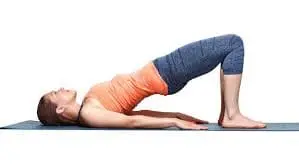
- Lunges:
First, one should take a straight stance with their feet together. They will step forward with their right foot, bending their knee and moving their weight to that leg, keeping their posture and lowering their hips to the ground. The opposite side should subsequently adopt a comparable action.
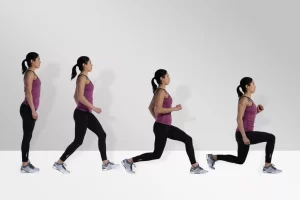
- Hip flexion:
People should start by sitting with their backs flat and their legs straight. They will gradually bring the knee of their right leg as close to their chest as they can without straining. Lower the leg gradually.
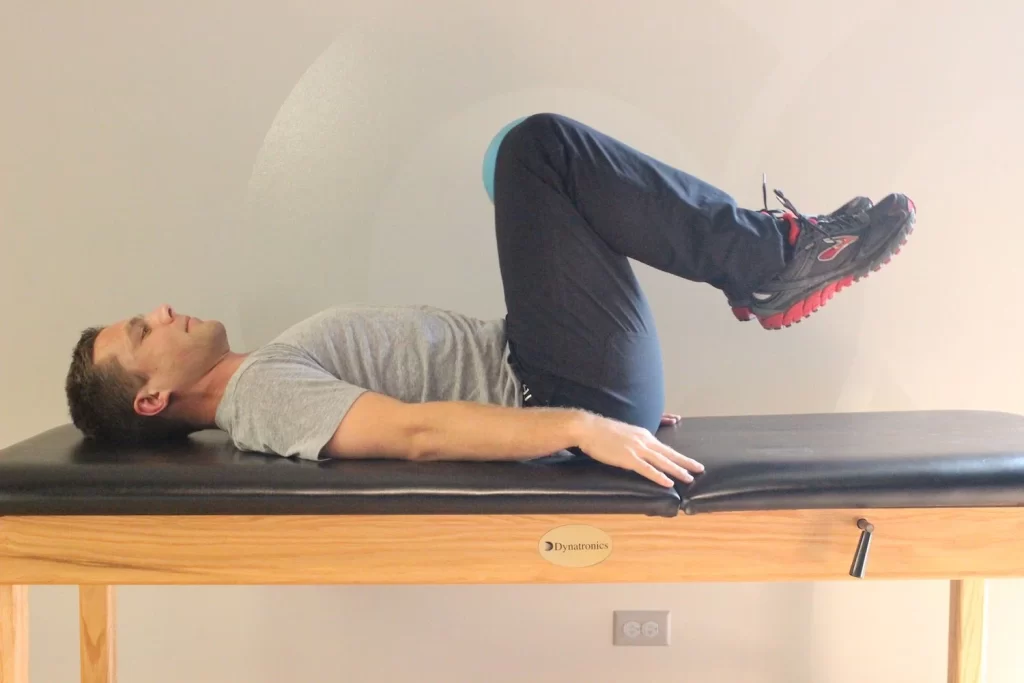
- Supine hip extension:
Lay down face up on a bench. People must make sure that the bottom edge of the bench supports their sit bones. After inhaling deeply five times, turn to face the opposite side. Repeat nine times. Stop if you experience any pain.
- Some people may choose to manage mild hip flexor concerns at home rather than seeing a doctor.
- The following methods are commonly used to treat hip flexor strain:
- Reducing the amount of time spent on activities that can strain the muscles further when they are at rest promotes recovery
- applying a compression band over the area
- a steaming bath or shower
Surgical treatment:
- A doctor would usually recommend undergoing an MRI, CT scan, or X-ray to see if the bone has shattered or if the condition is more serious.
- If the injury to the muscle is significant, a doctor could advise seeing a physical therapist or undergoing surgery to fix it. However, instances of severe damage are rare.
- It may be wise to see a doctor if a strain in the hip flexors brings on the limp or if the condition cannot be adequately treated with at-home therapy and rest.
- Surgery is only advised in situations where the hamstrings are torn. Almost every patient claimed that their situation had improved after surgery. According to research, 91% of respondents felt content following surgery and rated their level of contentment 75% or higher. Muscle strength assessments after surgery varied from 45% to 88%. Physical inspection and follow-up confirm that all fixes were kept.
Recovery time:
- A minor hip flexor muscle injury mostly recovers in a few days, but a more severe strain can take time to heal.
Prevention:
- The best way to prevent hip flexor strains is to warm up and stretch before going out. Increasing your general range of motion will also shield your muscles from further damage. Your muscle fibers have a greater ability to stretch before they start to tear the more flexible you are.
- It’s comparable to how some textiles are more flexible than others. Because you’ve used your favorite pair of jeans for years, they have a lot of give. However, a new pair may need to be used a few times before they become comfortable. You have the same muscles. The more you gradually stretch and work them out, the more give and flexibility they have in your movements.
Summary:
- Hip flexor strains might hurt and be uncomfortable, but usually recover within a few weeks depending upon severity. The severity of the damage will determine how long it takes for a strain to heal; small strains may recover in a few weeks, while more serious wounds may take up to six weeks.
- The fastest path to healing and recuperation is to rest and cease any activity that could have increased the tension.
FAQ:
Is it appropriate to stretch a tense hip flexor?
Hip flexor pain might be relieved with mild activity. It is recommended that you engage in certain exercises to strengthen, stretch, and reduce hip pain. These exercises are easy to conduct at home and don’t call for any specialized gear.
Does walking help with tense hip flexors?
You can maintain loose hip flexors by walking. Walking around every 30 to 45 minutes during the day is perhaps one of the best ways to prevent them from tightening up. This is especially useful if you are a sitting person.
How are hip flexors massaged?
A massage ball may be elevated off the ground by resting it atop a yoga block. In a sensitive region, lay down on the ball at the front of your hip. Hold the contact point for thirty seconds and then move on to the next area. In all, you may select two or three positions.
References:
- Hip Flexor Strain. (2024, May 1). Cleveland Clinic. https://my.clevelandclinic.org/health/diseases/23978-hip-flexor-strain
- Crna, R. N. M. (2019, March 8). Understanding Hip Flexor Strain. Healthline. https://www.healthline.com/health/hip-flexor-strain
- Cadman, B. (2023, May 24). What a hip flexor strain feels like, and how to recover. https://www.medicalnewstoday.com/articles/320655

